Flux de travail de la machine de formage de rouleaux de panneau de toit en métal à verrouillage par pression
Déroulage—Alimentation avec guide——Profilage—coupe hydraulique—Récupération des produits
| Liste des machines | Dévidoir passif 5 tonnes | 1 jeu |
| Guide d'alimentation | 1 jeu | |
| Machine de formage de rouleaux principal | 1 jeu | |
| Boîtier de commande API | 1 unité | |
| Station hydraulique | 1 unité | |
| Coupe hydraulique | 1 jeu | |
| 4 mètres hors tables | 1 unité | |
| Pièces de rechange | 1 paquet | |
| Coque de protection | 1 jeu |
B Technique Dà de la machine de formage de rouleaux de panneaux de toit en métal à verrouillage par clip
| Article NON |
Description |
Type d'unité | RF-RP |
| 1 | Épaisseur de matériau | millimètre | Tôle d'aluminium de 0,7 à 1,2 mm, acier revêtu de couleur de 0,5 à 0,8 mm |
| 2 | Vitesse de formage | m/min | 8-12 |
| 3 | Supports à rouleaux | rester | Environ 16 |
| 4 | Matériau du rouleau | Acier 45#, revêtu de chrome, traité au feu, HRC 58-62 | |
| 5 | Diamètre et matériau de l'arbre | Ф75, acier 45#, traité au feu, HRC 58-62 | |
| 5 | Puissance du moteur principal | kW | 7.5 |
| 6 | Puissance de coupe hydraulique | kW | 4 |
| 7 | Pression hydraulique | MPa | 12 |
| 8 | Source de courant | 380V, 50HZ, triphasé | |
| 9 | Tolérance | millimètre | +-1.5 |
| 10 | Matériel de coupe | Cr12Mov | |
| 11 | Système de contrôle | API avec écran tactile | |
| 12 | Poids de la machine principale | J | Environ 6 tonnes |
| 13 | Spécification extérieure | m | Environ 7,5 * 1,1 * 1,2 m |
| 14 | Type de transmission | entrainement par CHAINE |
données techniques de la machine de formage de rouleaux de verrouillage à encliquetage de toit en métal de type caché
1.Dérouleur
Dévidoir passif 5 tonnes
Diamètre intérieur de la bobine : ¢460-520mm
Diamètre maximal de la bobine : ¢1250 mm
Largeur maximale de la bobine : 800 mm

2.hydraulique Coupe
(1) Mouvement de coupe : la machine principale s'arrête automatiquement, puis coupe. Après la découpe, la machine principale démarre automatiquement.
(2) Matériau de la lame : CR12Mov avec traitement thermique
(3) Mesure de la longueur : mesure automatique de la longueur
(4) Tolérance de longueur : +/- 1,5 mm

3.Hors table
Il adopte de l'acier soudé et un rouleau supporté pour transmettre les produits.
Taille:4000*800*1000mm
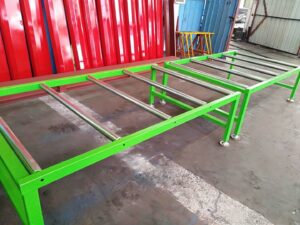
4.Boîtier de commande
(1) Tension, fréquence, phase : 380 V, 50 Hz, triphasé
(2) Mesure de longueur automatique :
(3) Mesure de quantité automatique
(4) Ordinateur utilisé pour contrôler la longueur et la quantité. La machine coupe automatiquement à longueur et s'arrête lorsque la quantité requise est atteinte
(5) L'imprécision de longueur peut être modifiée facilement.
(6) Panneau de commande : interrupteur à bouton et écran tactile
(7) Unité de longueur : millimètre (activé sur le panneau de commande)
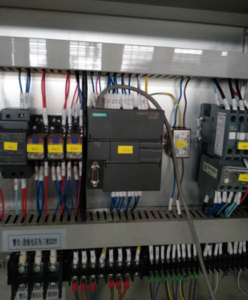

Qu'est-ce qu'une profileuse pour panneaux ?
Une profileuse pour panneaux est un type de machine industrielle utilisée dans le processus de fabrication de panneaux de forme et de taille homogènes. Le profilage est une opération de pliage en continu au cours de laquelle une bande de métal ou d'un autre matériau passe à travers une série de rouleaux qui lui donnent progressivement la forme souhaitée.
Une profileuse de panneaux se compose de plusieurs éléments, notamment un dérouleur de matériau, un système de nivellement, une station de profilage et un système de coupe. Le processus commence par l'introduction du matériau dans la machine à partir du dérouleur, qui contient une grande bobine de matériau brut, tel que l'acier ou l'aluminium. Le système de nivellement garantit que le matériau est plat et uniforme avant qu'il n'entre dans la station de profilage.
La station de profilage se compose d'une série de rouleaux réglables qui façonnent progressivement le matériau dans le profil souhaité. Chaque rouleau de la station effectue une opération spécifique de pliage ou de formage, transformant progressivement la bande plate en la forme de panneau souhaitée. Les rouleaux sont conçus avec des contours et des configurations spécifiques pour obtenir le profil de panneau souhaité.
Une fois le panneau formé, le système de découpe le coupe à la longueur souhaitée. Cette opération peut être réalisée à l'aide de divers mécanismes de coupe, tels que le cisaillement ou le sciage. Les panneaux coupés sont ensuite empilés ou transportés en vue d'un traitement ou d'un emballage ultérieur.
Les profileuses pour panneaux sont largement utilisées dans diverses industries, notamment la construction, l'automobile et la fabrication d'appareils électroménagers. Elles peuvent produire une large gamme de profils de panneaux, tels que des panneaux de toit, des panneaux muraux, des revêtements de sol et des cadres de porte. Ces machines offrent une productivité, une précision et une répétabilité élevées, ce qui en fait une solution efficace pour la production en masse de panneaux de qualité constante.
Qu'est-ce qu'une profileuse pour toitures ?
Une profileuse de toiture est un type particulier de profileuse de panneaux conçue spécifiquement pour la production de panneaux de toiture. Les panneaux de toiture sont utilisés dans l'industrie de la construction pour créer des toits durables et résistants aux intempéries pour les bâtiments.
Une profileuse de toiture suit les mêmes principes de base qu'une profileuse de panneaux, mais elle est spécifiquement configurée pour produire des panneaux de toiture de la forme et des dimensions souhaitées. La machine se compose d'une série de rouleaux qui façonnent progressivement une bande continue de métal, généralement de l'acier ou de l'aluminium, pour obtenir le profil du panneau de toiture.
La profileuse pour toitures comprend généralement un dérouleur de matériau, un système de nivellement, une station de profilage et un système de coupe, comme une profileuse pour panneaux. Le dérouleur de matériau contient une bobine de matériau brut qui est introduite dans la machine. Le système de nivellement permet de s'assurer que le matériau est plat et uniforme avant qu'il n'entre dans la station de profilage.
La station de profilage est le cœur de la profileuse de toiture. Elle se compose d'une série de rouleaux réglables qui façonnent le matériau selon le profil spécifique requis pour les panneaux de toiture. Les rouleaux sont conçus avec des contours et des configurations qui imitent la forme du panneau de toiture, comme les profils ondulés ou à joint debout. Le matériau passe à travers les rouleaux et prend progressivement la forme souhaitée.
Une fois le panneau de toiture formé, le système de découpe le coupe à la longueur souhaitée. Certaines profileuses de toiture sont dotées de mécanismes de coupe intégrés, tels que le cisaillement ou le sciage, tandis que d'autres peuvent nécessiter un processus de coupe distinct. Les panneaux coupés sont ensuite empilés ou transportés en vue d'un traitement ou d'un emballage ultérieur.
Les profileuses pour toitures sont largement utilisées dans l'industrie de la couverture en raison de leur capacité à produire des panneaux standardisés de haute qualité avec efficacité et précision. Elles offrent des avantages tels que des vitesses de production rapides, des dimensions de panneaux uniformes et la possibilité de personnaliser les profils en fonction des exigences spécifiques du projet.
application de la machine de formage de rouleaux à joint debout à fermeture rapide
Une profileuse à joint debout est spécialement conçue pour la production de panneaux de toiture à joint debout. La toiture à joint debout est un choix populaire pour les bâtiments résidentiels et commerciaux en raison de son aspect propre et moderne, ainsi que de son excellente résistance aux intempéries et de sa durabilité.
L'application d'une profileuse pour joints debout à fermeture instantanée est principalement axée sur la fabrication de panneaux de toiture à joints debout à fermeture instantanée. Ces panneaux comportent des joints qui s'emboîtent les uns dans les autres lors de l'installation, ce qui élimine la nécessité d'un joint mécanique ou d'outils spécialisés. Voici quelques applications courantes des profileuses pour joints debout à fermeture rapide :
- Industrie de la toiture : Les panneaux de toiture à joint debout sont largement utilisés dans l'industrie de la toiture pour les bâtiments résidentiels et commerciaux. La profileuse produit des panneaux avec les profils d'emboîtement requis pour l'installation du joint debout. Les panneaux offrent une étanchéité supérieure, un attrait esthétique et une facilité d'installation.
- Construction et architecture : Les panneaux de toiture à joint debout sont appréciés des architectes et des professionnels de la construction pour leur aspect élégant et moderne. Ils sont utilisés dans différents styles architecturaux et peuvent améliorer l'attrait visuel des bâtiments. La profileuse assure une production efficace de ces panneaux pour répondre aux exigences du projet.
- Réhabilitation et rénovation : Les panneaux de toiture à joint debout sont également utilisés dans le cadre de projets de modernisation et de rénovation. Ils peuvent être installés sur des toits existants, apportant une couche supplémentaire de protection et d'isolation. La profileuse permet de produire des panneaux sur mesure pour répondre à des projets de rénovation spécifiques.
- Bâtiments résidentiels et commerciaux : Les panneaux de toiture à joint debout à verrouillage rapide trouvent des applications dans les bâtiments résidentiels et commerciaux. Ils offrent une durabilité à long terme, une efficacité énergétique et un entretien réduit. La profileuse permet de produire des panneaux de différentes largeurs, longueurs et épaisseurs pour répondre aux différentes tailles et conceptions des bâtiments.
- Projets de construction écologique : Les panneaux de toiture à joint debout Snap lock sont compatibles avec les pratiques de construction écologique. Ils peuvent accueillir des panneaux solaires, des systèmes de récupération des eaux de pluie et d'autres éléments durables. La profileuse contribue à la production de panneaux conformes aux objectifs de durabilité des projets de construction écologique.
Dans l'ensemble, une profileuse pour joints debout joue un rôle crucial dans la fabrication des panneaux de toiture à joints debout, qui sont largement utilisés dans l'industrie de la toiture et le secteur de la construction pour leur attrait esthétique, leur résistance aux intempéries et leur facilité d'installation.
5 choses à considérer lors de l'achat d'une machine de formage de panneaux de toit à vendre

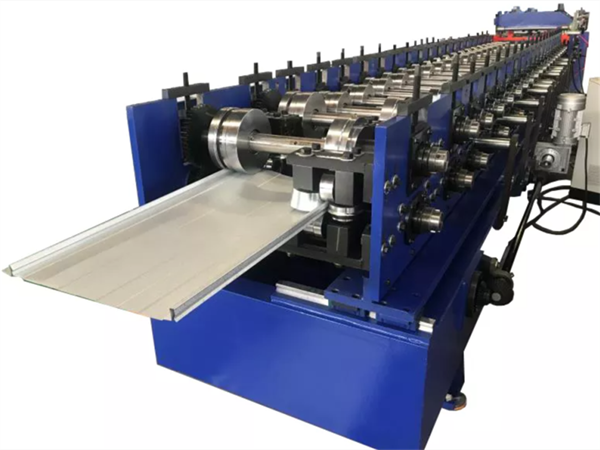

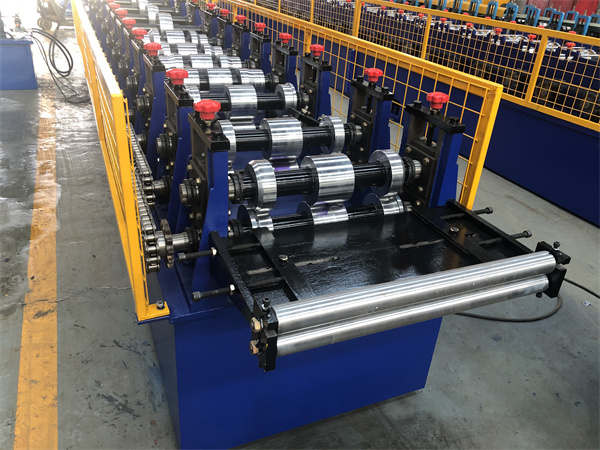
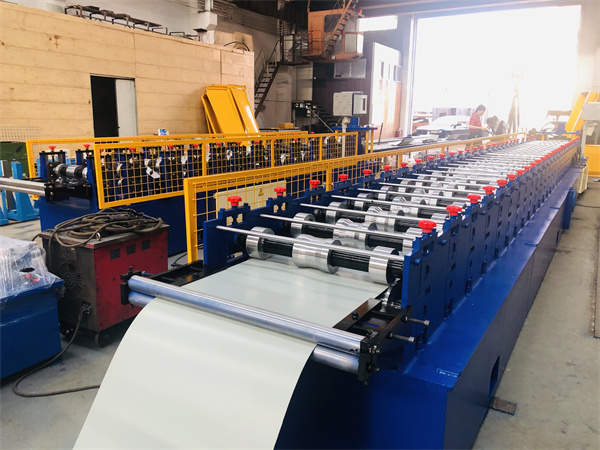
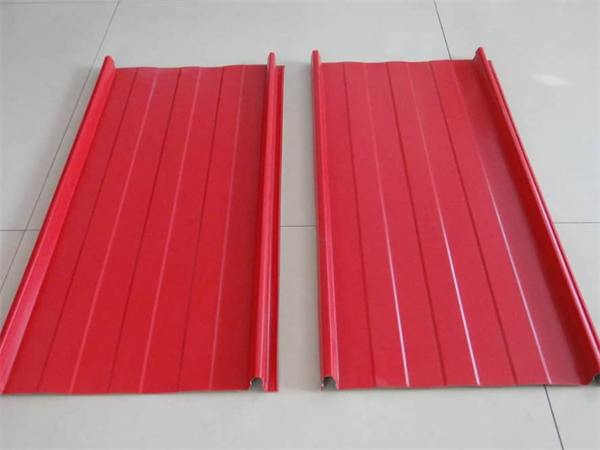
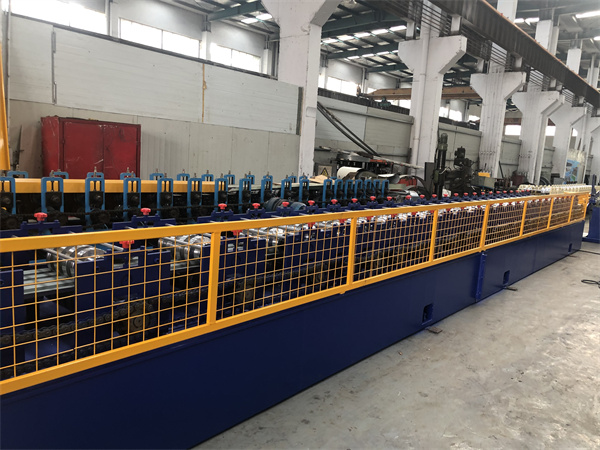

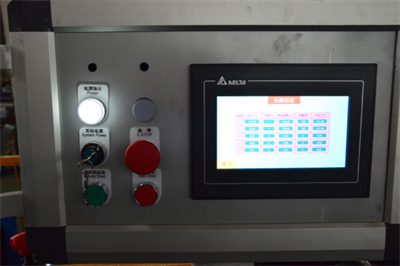



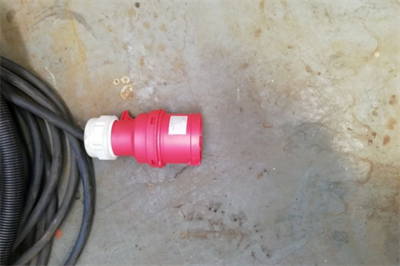



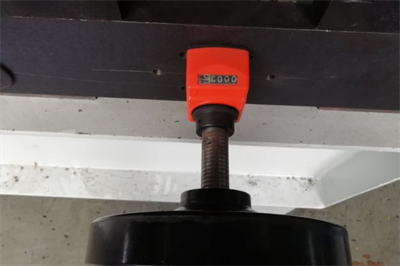





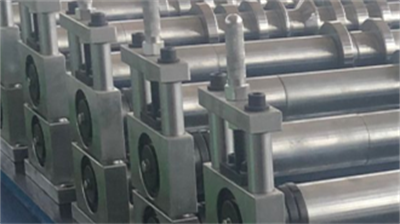

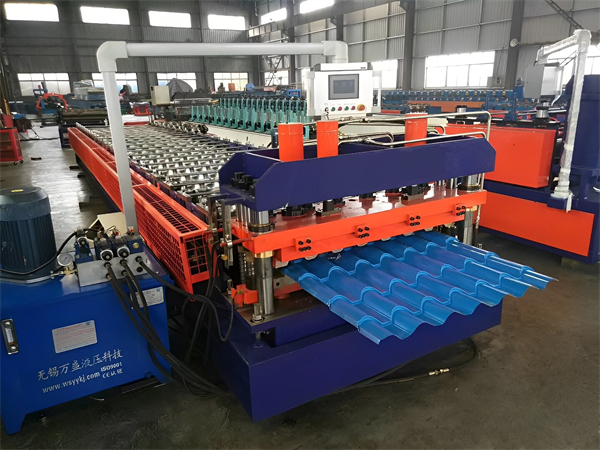
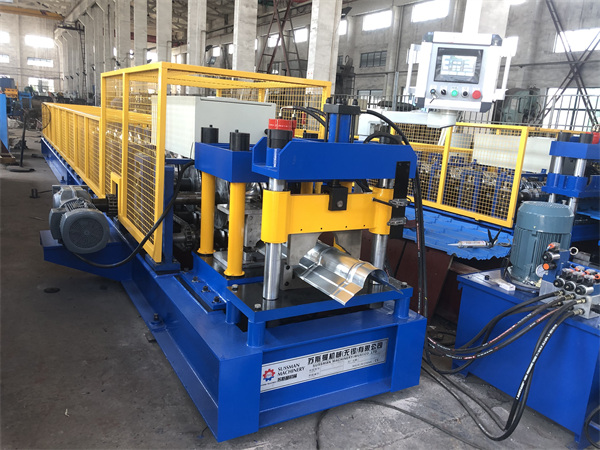
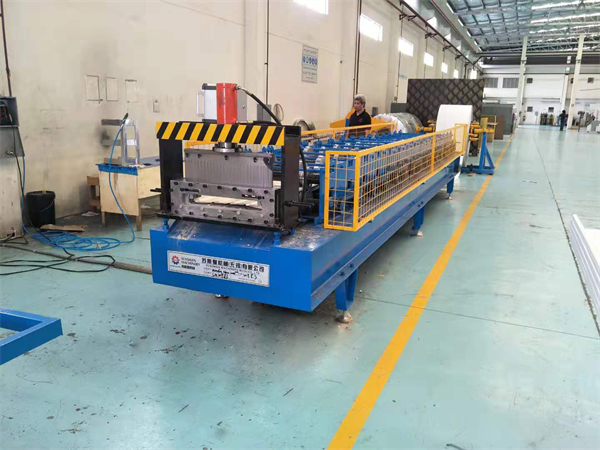
Avis
Il n’y a pas encore d’avis.